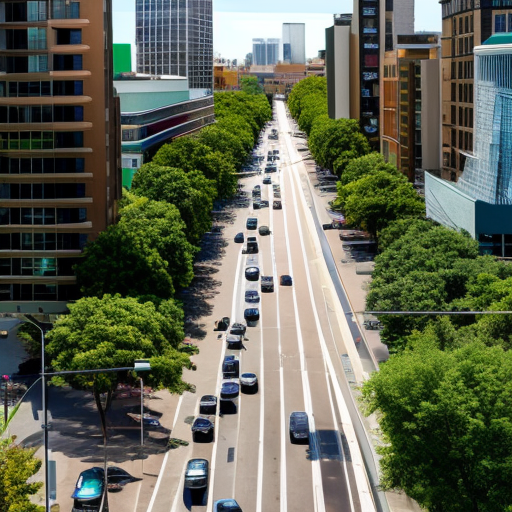Costs Associated With Backordering A Product Are Called Stockout Costs.
Backordering a product is a common practice in many industries, and is a way to boost a business’s sales even when the product is out of stock. While this can be a great way to acquire new customers, businesses must bear in mind that there are certain costs associated with backordering a product. These costs are called stockout costs.
Stockout costs can be both financial and operational. When a product is out of stock, businesses can incur lost sales, diverted sales, lost customers, administrative costs, and lost productivity. Financial costs may include the cost of expediting the delivery of the backordered product, inventory storage fees, and possible discounts or incentives to encourage customers to wait for the product. Operational costs may include training employees to handle backordered orders, or the cost of additional staff needed for order processing.
It’s important for businesses to understand the costs associated with backordering a product in order to make informed decisions about how to manage their inventory. Knowing the stockout costs can help businesses determine the ideal order quantity, the optimal reorder point, and the most cost-effective fulfillment strategy.
Businesses should always strive to keep stockout costs to a minimum by having enough inventory on hand to meet customer demand and anticipating any potential problems that could result in a stockout. Additionally, businesses should take into account the lead time of the product and the availability of replacements when determining what amount of inventory to stock.
Overall, businesses need to be aware of the potential stockout costs associated with backordering a product and create a strategy to minimize them in order to reduce financial and operational losses.

